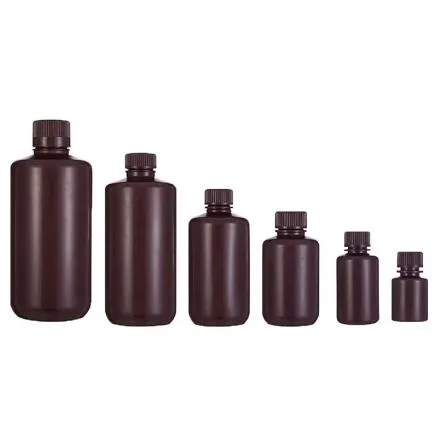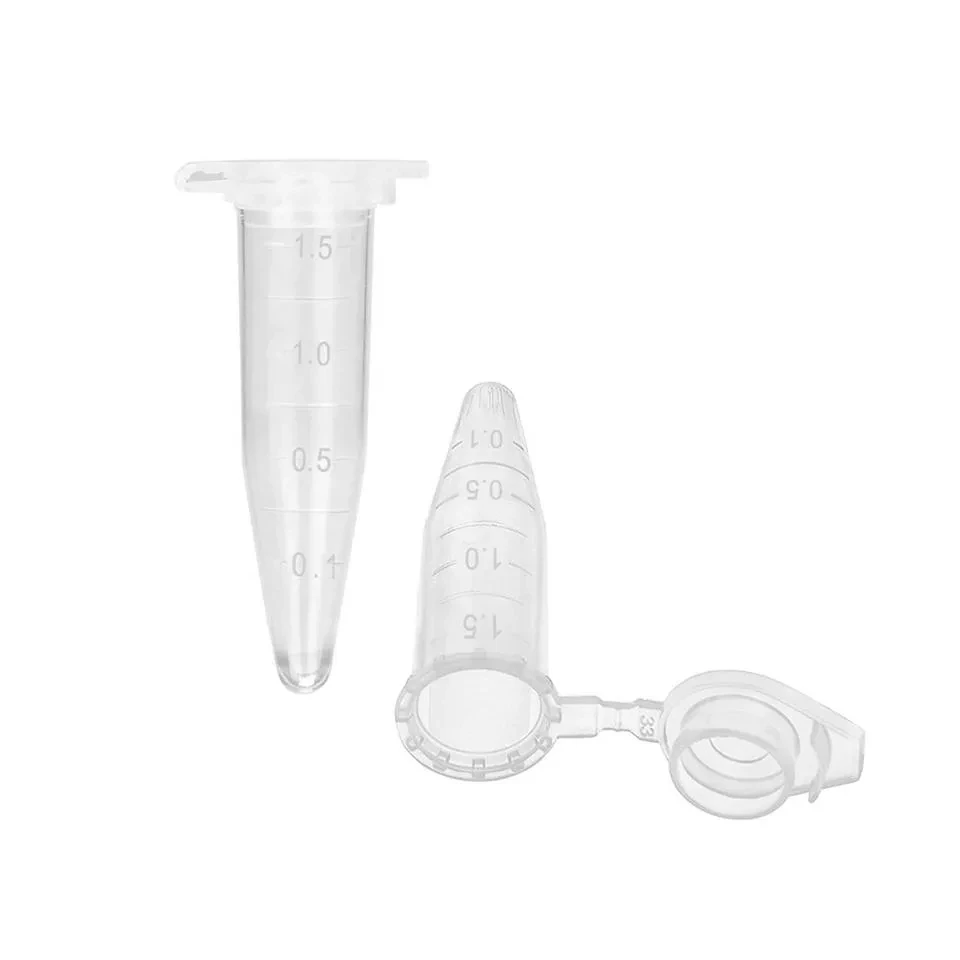
-
 Afrikaans
Afrikaans -
 Albanian
Albanian -
 Amharic
Amharic -
 Arabic
Arabic -
 Armenian
Armenian -
 Azerbaijani
Azerbaijani -
 Basque
Basque -
 Belarusian
Belarusian -
 Bengali
Bengali -
 Bosnian
Bosnian -
 Bulgarian
Bulgarian -
 Catalan
Catalan -
 Cebuano
Cebuano -
 Corsican
Corsican -
 Croatian
Croatian -
 Czech
Czech -
 Danish
Danish -
 Dutch
Dutch -
 English
English -
 Esperanto
Esperanto -
 Estonian
Estonian -
 Finnish
Finnish -
 French
French -
 Frisian
Frisian -
 Galician
Galician -
 Georgian
Georgian -
 German
German -
 Greek
Greek -
 Gujarati
Gujarati -
 Haitian Creole
Haitian Creole -
 hausa
hausa -
 hawaiian
hawaiian -
 Hebrew
Hebrew -
 Hindi
Hindi -
 Miao
Miao -
 Hungarian
Hungarian -
 Icelandic
Icelandic -
 igbo
igbo -
 Indonesian
Indonesian -
 irish
irish -
 Italian
Italian -
 Japanese
Japanese -
 Javanese
Javanese -
 Kannada
Kannada -
 kazakh
kazakh -
 Khmer
Khmer -
 Rwandese
Rwandese -
 Korean
Korean -
 Kurdish
Kurdish -
 Kyrgyz
Kyrgyz -
 Lao
Lao -
 Latin
Latin -
 Latvian
Latvian -
 Lithuanian
Lithuanian -
 Luxembourgish
Luxembourgish -
 Macedonian
Macedonian -
 Malgashi
Malgashi -
 Malay
Malay -
 Malayalam
Malayalam -
 Maltese
Maltese -
 Maori
Maori -
 Marathi
Marathi -
 Mongolian
Mongolian -
 Myanmar
Myanmar -
 Nepali
Nepali -
 Norwegian
Norwegian -
 Norwegian
Norwegian -
 Occitan
Occitan -
 Pashto
Pashto -
 Persian
Persian -
 Polish
Polish -
 Portuguese
Portuguese -
 Punjabi
Punjabi -
 Romanian
Romanian -
 Russian
Russian -
 Samoan
Samoan -
 Scottish Gaelic
Scottish Gaelic -
 Serbian
Serbian -
 Sesotho
Sesotho -
 Shona
Shona -
 Sindhi
Sindhi -
 Sinhala
Sinhala -
 Slovak
Slovak -
 Slovenian
Slovenian -
 Somali
Somali -
 Spanish
Spanish -
 Sundanese
Sundanese -
 Swahili
Swahili -
 Swedish
Swedish -
 Tagalog
Tagalog -
 Tajik
Tajik -
 Tamil
Tamil -
 Tatar
Tatar -
 Telugu
Telugu -
 Thai
Thai -
 Turkish
Turkish -
 Turkmen
Turkmen -
 Ukrainian
Ukrainian -
 Urdu
Urdu -
 Uighur
Uighur -
 Uzbek
Uzbek -
 Vietnamese
Vietnamese -
 Welsh
Welsh -
 Bantu
Bantu -
 Yiddish
Yiddish -
 Yoruba
Yoruba -
 Zulu
Zulu
What is a Culture Plate? Discover Petri Plate Uses in Microbiology for Accurate Results
- Introduction: what is a culture plate
- Understanding Petri Plate Use in Microbiology
- Technical Advantages of Modern Petri Plates
- Manufacturer Comparison: Features, Pricing, and Innovation
- Customized Solutions for Diverse Laboratory Needs
- Real-World Applications: Case Studies and Data Impact
- Conclusion: The Essential Role of a Culture Plate

(what is a culture plate)
Introduction: what is a culture plate
In the vast landscape of microbiology and laboratory research, understanding what is a culture plate is foundational. A culture plate, colloquially known as a Petri plate, is a shallow cylindrical lidded dish that plays a vital role in the growth and isolation of microorganisms and cells. Since its invention by Julius Richard Petri in 1887, the humble culture plate has transformed from simple glass to complex plastics with engineered surfaces. Today, over 2.1 billion culture plates are used globally each year, with the market valued at USD 690 million in 2023. The high usage underscores its criticality in clinical diagnostics, pharmaceutical development, environmental research, and food safety testing. It is the microcosm where innovation, precision, and biological discovery converge. The following sections will explore the applications, technical advantages, and industry perspectives of Petri plate use.
Understanding Petri Plate Use in Microbiology
Petri plates have revolutionized how scientists culture bacteria, fungi, and other microorganisms. In practical terms, a Petri plate serves as an artificial environment for microbial propagation. Agar or other growth media are poured and solidified in the base, creating a nutrient-rich surface. Samples (solid, liquid, or swabs) are then inoculated onto the media to allow colonies to develop and be analyzed. With sizes typically 90 mm in diameter and depths ranging from 10–20 mm, the uniformity in Petri plate dimensions ensures replicable experimental results.
The use of culture plates enables:
- Isolation of pure colonies from mixed populations
- Quantitative colony counting for diagnostics
- Microbial resistance profiling via antibiotic disks
- Observation of microbial morphology and pigmentation
Technical Advantages of Modern Petri Plates
The last two decades have witnessed significant advancements in the design and manufacturing of Petri plates, powering both research efficiency and biosecurity. Key technical innovations include:
- Material improvements: Single-use polystyrene and polypropylene plates exhibit chemical stability, minimum interaction with media, and support sterile applications. Glass plates are still preferred for high-temperature or specialized applications.
- Surface engineering: Hydrophobic interiors reduce condensation and contamination. Tissue culture-treated plates allow mammalian cell adhesion and proliferation, broadening applications beyond microbiology.
- Automation compatibility: Raised ridges and precision-molded edges support robotic handling, critical for high-throughput screening (HTS) in biopharma.
- Enhanced sealing solutions: Ventilation ribs and stackability support optimal gas exchange without increasing contamination risk.
Manufacturer Comparison: Features, Pricing, and Innovation
Laboratory professionals face a multitude of choices when selecting culture plates. Major manufacturers differentiate via surface treatment, durability, supply reliability, and pricing. The following table compares key suppliers, highlighting their technical offerings and market positioning.
| Brand | Material | Surface Type | Automation Friendly | Packing Options | Average Contamination Rate | Unit Price (USD) |
|---|---|---|---|---|---|---|
| Thermo Scientific | Polystyrene | Tissue Culture-Treated | Yes | 20/pack; 500/case | 0.8% | 0.22 |
| Sarstedt | Polystyrene | Standard Hydrophobic | Limited | 10/pack; 520/case | 1.1% | 0.18 |
| Corning | Polystyrene | Cell Culture-Treated | Yes | 25/pack; 500/case | 0.7% | 0.23 |
| Greiner Bio-One | Polystyrene | Standard | Yes | 20/pack; 600/case | 0.9% | 0.19 |
| Borosil | Boro Glass | Untreated | No | 5/pack; 200/case | 1.5% | 0.25 |
Data sources: Manufacturer catalogs, independent lab trials (2023).
Buyers prioritize low contamination rates, automation compatibility, and multi-format packaging. Thermo Scientific and Corning lead with innovative surface treatments and robust supply chains, while Greiner Bio-One offers competitive pricing with reliable automation options. Borosil remains a key player for glass plates preferred in academic and specialty labs. Selecting the optimal plate depends on intended application, budget, and workflow requirements.
Customized Solutions for Diverse Laboratory Needs
No single type of Petri plate fits every laboratory’s demands. Custom solutions have emerged as a necessity in modern biosciences, enabling researchers to address particular experimental challenges. Customization options include:
- Size Variants: Mini (35 mm), standard (90 mm), and maxi (150 mm) plates are used for microcolonies, standard cultures, and large-scale isolation, respectively.
- Sectioned or Divided Plates: Available in 2-, 3-, or 4-well formats for parallel testing or comparative studies, reducing media usage by up to 48%.
- Colored and Opaque Plates: Enhance contrast for specific organisms, e.g., dark backgrounds for pigmented bacteria or yeast.
- Specialized Surface Coatings: Options like anti-static, anti-fog, or collagen-coated surfaces provide enhanced results for demanding cell types.
- Barcoding and Serial Tracking: RFID-plated and laser-etched codes streamline sample traceability in industrial-scale testing and biobank management.
Real-World Applications: Case Studies and Data Impact
The practical value of Petri plate use is emphasized through global case studies that convey its breadth:
- Clinical Diagnostics: The Centers for Disease Control and Prevention (CDC) processed over 150 million culture plates/year for bacterial and fungal disease tracking. Automating plate reading via AI algorithms reduced labor hours by 30% and improved diagnostic accuracy to 97.8%.
- Pharmaceutical R&D: Pfizer increased screening throughput by 40% after integrating high-density automation-compatible Petri plates. Screening campaigns for new antimicrobials saw time-to-result shortened from 14 to 8 days.
- Environmental Surveillance: In Japan (2022), water safety monitoring initiatives using custom triple-section Petri plates saved 20% on media costs and sped up outbreak detection.
- Food Safety: The European Food Safety Authority (EFSA) utilized rapid-colony counting Petri plates, reducing contamination investigation times by 55% across 117 testing labs.
- Academic Research: Harvard University’s synthetic biology labs reported an 18% reduction in experiment setup time after shifting to barcode-integrated Petri plates.
Conclusion: The Essential Role of a Culture Plate
Reflecting on what is a culture plate, it is clear this simple yet powerful tool remains at the heart of microbiological science. From its origins as a glass disk to today’s precision-engineered, custom-manufactured products, the Petri plate used in microbiology underpins diagnostic, industrial, and research progress. Manufacturer competition drives material and format innovation, empowering labs to handle higher volumes with enhanced reliability and data fidelity. As scientific discovery continues to accelerate, the evolution of the culture plate—through new materials, customization, and integration with digital workflows—will define the future of bioscience methodologies and outcomes.
Laboratories that prioritize Petri plate use adapted to their application needs, workflow speed, and scalability are at the forefront of solving global challenges in health, safety, and innovation.

(what is a culture plate)
FAQS on what is a culture plate
Q: What is a culture plate?
A: A culture plate is a flat, round dish used for growing microorganisms in laboratories. It provides a controlled environment for bacteria or fungi to multiply. These plates are commonly made of glass or plastic.Q: How is a Petri plate used in microbiology?
A: A Petri plate is used to cultivate and isolate microbes for study. Scientists spread samples onto the surface of the agar inside the plate. After incubation, colonies can be observed and analyzed.Q: What is a Petri plate in microbiology?
A: A Petri plate is a shallow, circular container used in microbiology labs. It holds nutrient media for growing microorganisms like bacteria. The transparent lid allows for observation without contamination.Q: What is the main use of culture plates?
A: The main use of culture plates is to grow and study microorganisms under controlled conditions. They help researchers identify, count, and test microbes. This is vital for research, clinical diagnostics, and education.Q: Why is agar used in Petri plates?
A: Agar acts as a solid growth medium in Petri plates. It provides nutrients needed for microorganisms to grow. Its gel-like consistency makes it easy to observe and isolate colonies.-
Little Dropper Bottles Wholesale – Leak-Proof, Precise Dispensing Little Plastic Vials & Dropper Tip Bottles for Versatile UseNewsJul.08,2025
-
Premium Medical Lab Consumables Supplier Comprehensive Lab Consumables ListNewsJul.07,2025
-
Wholesale Pipette Bottles - 30ml Dropper Bottles with Pipette & Small Pipette Bottles SupplierNewsJul.07,2025
-
Petri Dish Laboratory Apparatus Uses – Essential Lab Equipment for Microbiology ResearchNewsJul.06,2025
-
Glide Homeo Bottles Wholesale Black Plastic Spray Bottles Supplier Bulk Mist Bottles for HomeopathyNewsJul.06,2025






















